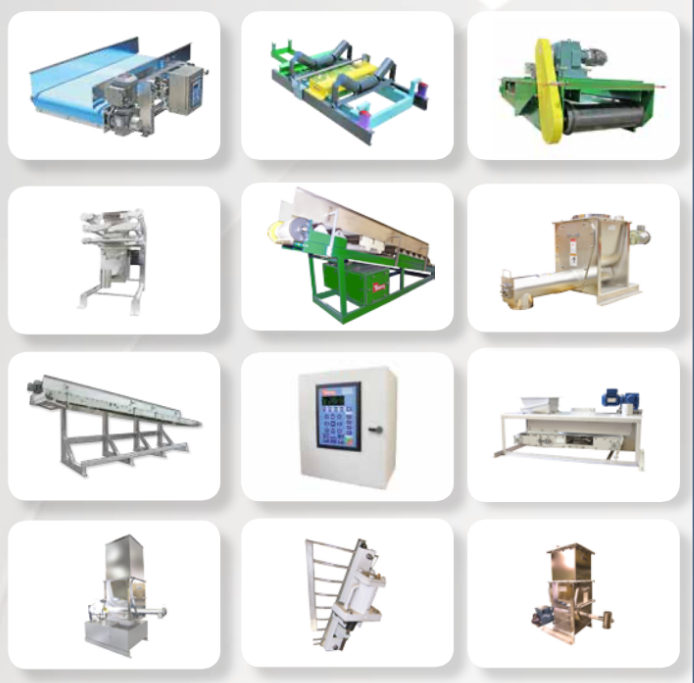FMSS Cable Suspension System
Loss-in-weight feeders rely on exceptionally high measurement resolution and frequent load sampling for accurate rate measurement and control. Thayer Scale’s unique technologies mitigate the known mechanical factors, such as foundation distortion and tight process connections, that contribute to inaccurate weight measurement and poor measurement repeatability in loss-in-weight feeders. Thayer Scale’s proprietary FMSS cable suspension system is an arrangement of active, maintenance-free mechanical elements interposed between the weigh hopper and a single load cell. This system functions as a force vector filter, blocking all nuisance, erroneous, and destructive (shock and impact) force vectors.




